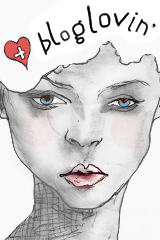There is significant variation within the Rastafari movement and no formal organization. Some Rastafarians see Rasta more as a way of life than a religion. But uniting the diverse movement is belief in the divinity and/or messiahship of Ethiopian Emperor Haile Selassie I, the influence of Jamaican culture, resistance of oppression, and pride in African heritage.
The Rastafarian lifestyle usually includes ritual use of marijuana, avoidance of alcohol, the wearing of one's hair in dreadlocks, and vegetarianism.
Facts:
- Date founded:
- Generally said to be November 2, 1930, the year Emperor Hailie Selassie I (1892-1975) was crowned, but based in a movement of the 1920s.
- Place founded:
- Jamaica
- Founder:
- Marcus Garvey (1887-1940), a black Jamaican who taught in the 1920s and is considered a second John the Baptist.
- Adherents:
- About 1 million worldwide
- Rasta Holidays
- November 2 - the coronation of Selassie
- January 6 - ceremonial birthday of Selassie
- April 21 - Selassie's visit to Jamaica
- July 23 - Selassie's personal birthday
- August 1 - emancipation from slavery
- August 17 - Marcus Garvey's birthday
- One of the most visible practices of Rastafarians is the wearing of one's hair in dreadlocks. Dreadlocks have several purposes and layers of meaning for Rastafarians, including:
- the biblical command not to cut one's hair (Leviticus 21:5)
- the appearance of the lion's mane, representing strength, Africa, Ethiopia, and the Lion of Judah
- naturalness and simplicity, which are associated with Africa
- the Rasta's roots in Africa




























































